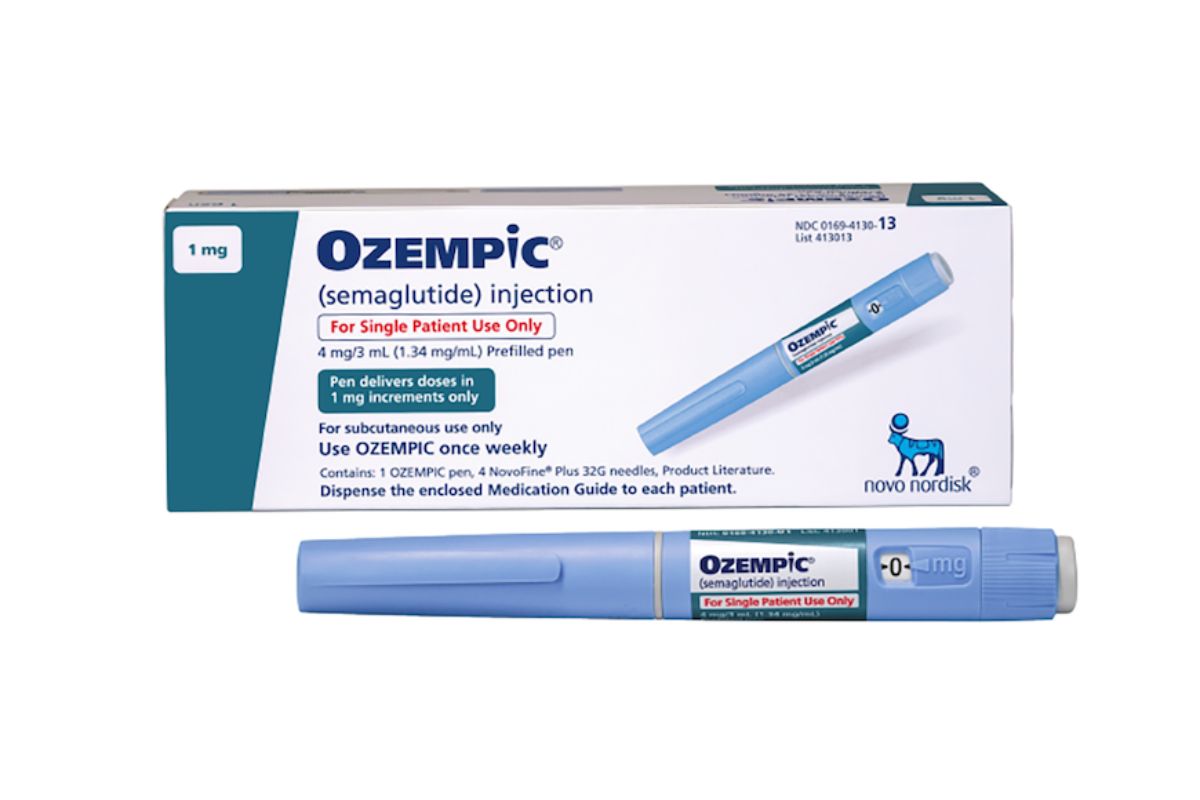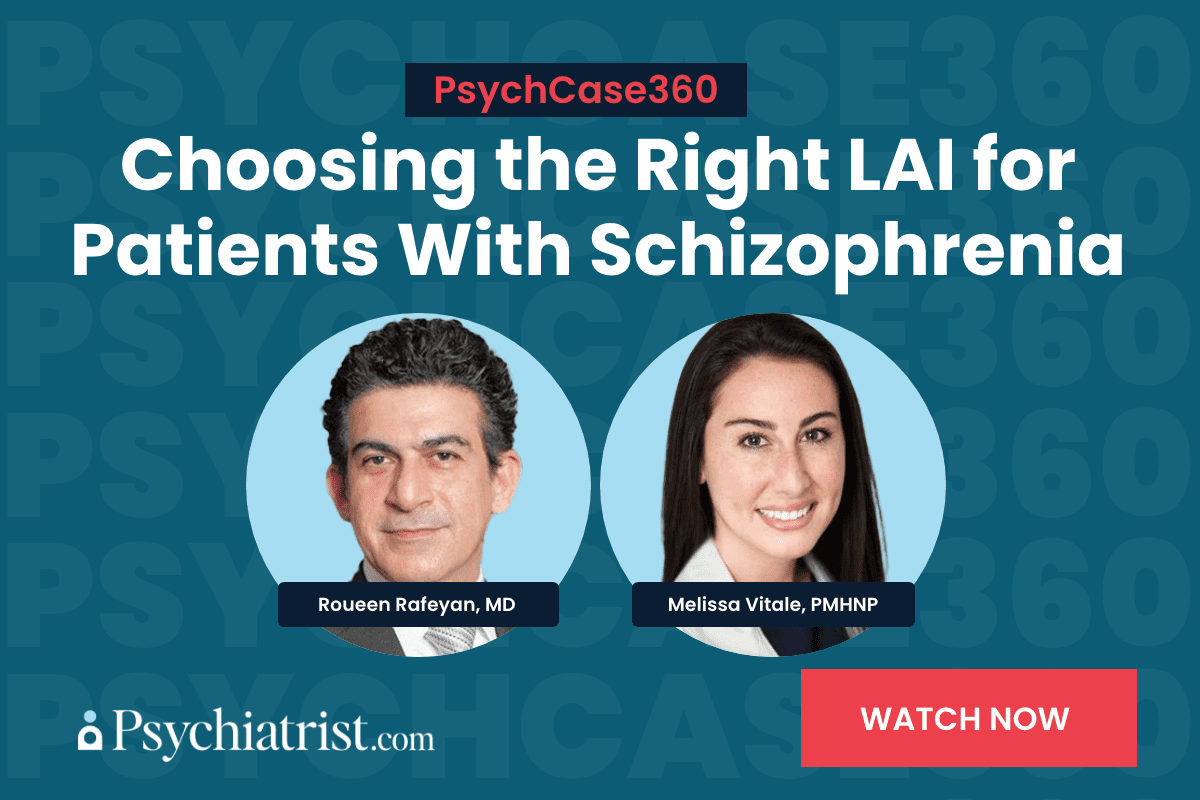In opioid abuse, the brain begins to associate drug-related stimuli, such as seeing drug paraphernalia, with feeling good. The user craves drugs more and finds it harder to stop.
Drug Cue Reactivity
A new The Journal of Clinical Psychiatry study used brain scans to see if people with more severe depression symptoms had a worse response to the opioid relapse prevention treatment, naltrexone. Depression and opioid abuse often occur together but it’s not completely clear why.
The University of Pennsylvania researchers were particularly interested to review the response of an area deep within the brain called the nucleus accumbens. In the context of addiction, the nucleus accumbens helps drive the urge for drug-seeking. The opioid prevention drug naltrexone works by decreasing how much this structure responds to drug-related cues.
Looking at data, the researchers wanted to see the differences in the nucleus accumbens before and after subjects received up to 3 monthly injections of a naltrexone medication called XR-NTX. Researchers administered a depression questionnaire to the 23 volunteers participating in the trial before the first injection. Additionally, they asked the volunteers to rate their opioid cravings before and after looking at a series of photos.
The higher the depression score, the smaller the decrease in cravings, results showed. Scans noted diminished decreases in nucleus accumbens in response to drug-related images but no changes to other areas of the brain. Depression scores were also not related to the brain’s reaction to other types of stimuli, like sexual or unpleasant images.
According to the researchers, these findings could help explain why opioid abuse treatment is less successful for people with more severe depression symptoms. People with more severe depression may have brains that are more resistant to giving up drugs because their nucleus accumbens is less responsive compared to those with milder depression.
“Given that depression and OUD are highly comorbid, interventions targeting depressive symptoms may improve XR-NTX treatment success,” they wrote.
Read the complete study here.
The Rest of This Week’s Highlights
- Long-acting injectable antipsychotic agents are effective in schizophrenia relapse prevention but are often underutilized.
- Some preliminary evidence suggests that pandemics may have affected suicide rates.
- Swallowing objects such as pens, screws, forks, and razor blades is a rare but distressing habit seen in some patients with psychosis. A case report reviews the treatment plan for a patient with borderline personality disorder who ingested a toothbrush.
- A prospective cohort study followed a group of 56 male patients admitted with new-onset psychosis related to cannabis use.
- The Los Angeles Dodgers have done the right thing by a baseball player who was diagnosed with schizophrenia and bipolar disorder. They’re paying his health insurance for the fifth year in a row even though he is too ill to play.
- Sending you into the weekend with your Tweet of the Week. This conference looks like a hoot.
Unbelievable fun at @APSPhysiology Summit 2023 in Long Beach #APS2023 pic.twitter.com/Tqr5NP8CoR
— Annet Kirabo D.V.M., M.Sc., Ph.D., F.A.H.A. (@annetkiraboc1) April 21, 2023
New at the CME Institute
Click to earn free accredited CME credit.



